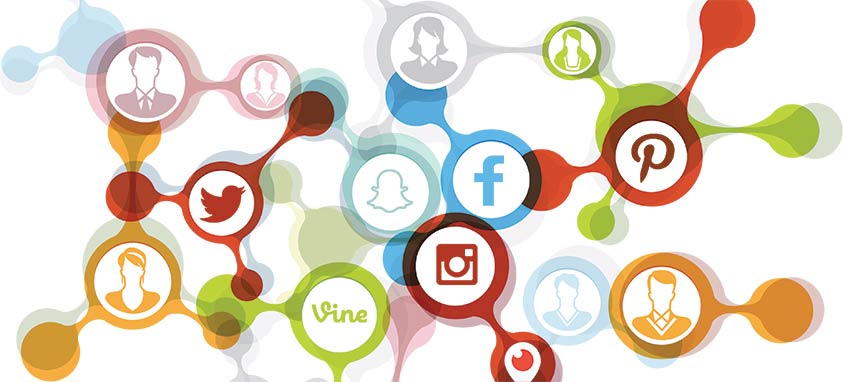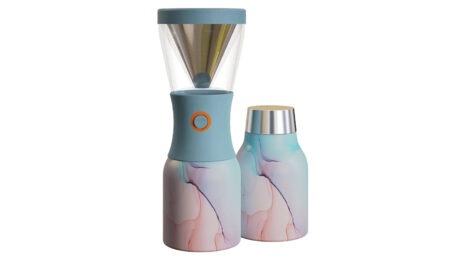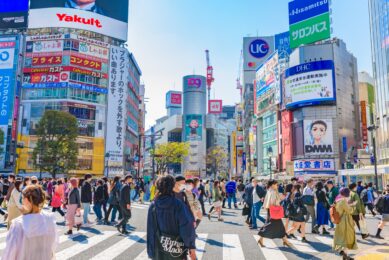If there is one thing meeting professionals can agree on, it is the relentless push to stay ahead of the curve. It means discovering which technology to incorporate into meetings, how to stay on trend and the best ways to connect with event attendees before, during and after events. That’s on top of the constant need to impress, amaze and excite more than at the last meeting.
Then, there are the millennials. The youngest batch of event planners has entered the meetings arena with a big question mark from older planners. What kind of events appeal to them? How can we draw and engage them? And where does social media come in? It turns out that millennial planners are rejecting standard events and planning methods, and instead opting for their own inventive solutions.
Based in Little Rock, Arkansas, Hope Brookins is part of a new breed of tech-savvy event planners intent on embracing social media and cutting-edge trends. Brookins, regarded as a millennial online influencer, says that younger planners have an unconventional perspective on event planning. “We are willing to break rules and traditions…to just do something unexpected that feels a bit rebellious,” she says.
Untraditional Settings
Planners who embrace a rebellious streak may choose unusual decor or an untraditional event space, or even put a new spin on a typical venue. Take, for example, golf and spa resorts—a popular choice for older attendees, but not so much for younger groups. That’s an easy fix: Brookins suggests throwing a post-meeting dance party or even holding a private dinner right on the green.
So far, newer lifestyle hotel brands, such as Virgin Hotels, Tommie Hotels, Hyatt Centric and Aloft Hotels, are striking a chord with millennials. Craft beer and locally inspired menus win points for the hip factor. But the best kind of property is flexible and open to new trends. Brookins prefers to work with venues that let her stretch creative limits—even if it means displaying a giant life-size Styrofoam hashtag in the foyer.
Social Media Frontier
With 126,000 followers on Twitter, 37,400 on Pinterest and 7,947 on Instagram, Brookins knows a thing or two about social media. Each platform lends a different, yet equally important hand when she plans events. Pinterest is one of her primary sources of inspiration during early planning phases. Planners can collect ideas for designs, popular items or themes, and even show them to clients and sponsors for easy reference. Tools such as Twitter are essential for marketing events and targeting attendees.
Brookins also likes to use Facebook and LinkedIn to promote events with targeted paid ads and event-specific groups. “Both of these [platforms] provide a place for attendees to foster relationships before an event and continue to have an event-specific community after the event,” she says.
Beyond Facebook & Twitter
If planners are serious about snagging younger attendees, they shouldn’t be afraid to use their favorite platforms. It’s no secret that most Snapchat, Vine, Periscope and Instagram users are millennials. And while these platforms function differently than Facebook and Twitter, there’s no reason they cannot be used to promote events. “The key is to use platforms that your attendees already know how to use, and use them in a way your attendees are already using them,” Brookins said.
One suggestion is to post behind-the-scenes footage before the event to make attendees feel that they’re part of the process. These four platforms are also ideal for sharing brief interviews with event speakers and getting the audience pumped for the keynote. Brookins says it’s appropriate, if not encouraged, to inject some humor into video clips. Nothing beats a funny mini commercial, she says. On Instagram, Brookins will promote hashtags before the event, and may even use the platform to raffle free registration. Every social media post helps create buzz and drive momentum for an event.
“We fully embrace the power of social media to increase the impact of an event without increasing the budget,” Brookins says. “From an event’s website to an event’s social media platforms, planners are accepting that people do judge an event by its online presence.”
Social media etiquette is also adapting to millennials’ compulsive smartphone habits. Not too long ago, it was considered rude to break out phones at the dining table. But now, menus at events are including hashtags, and food is perfectly plated for sharing on Instagram. This also means that good lighting is a high priority, especially for selfies.
Making Connections
For the less experienced planner, industry events are invaluable for education and networking. Cash-strapped millennials may choose to attend remotely, but Brookins thinks in-person networking is here to stay. “The shared experience of attending a meeting together and laughing at the speaker’s joke cannot be replaced by an online platform,” she says. These events are also where Brookins connects with older planners and then keeps in touch on Facebook. Social media best serves as an extension of communities and relationships, making networking easier today than ever before.




